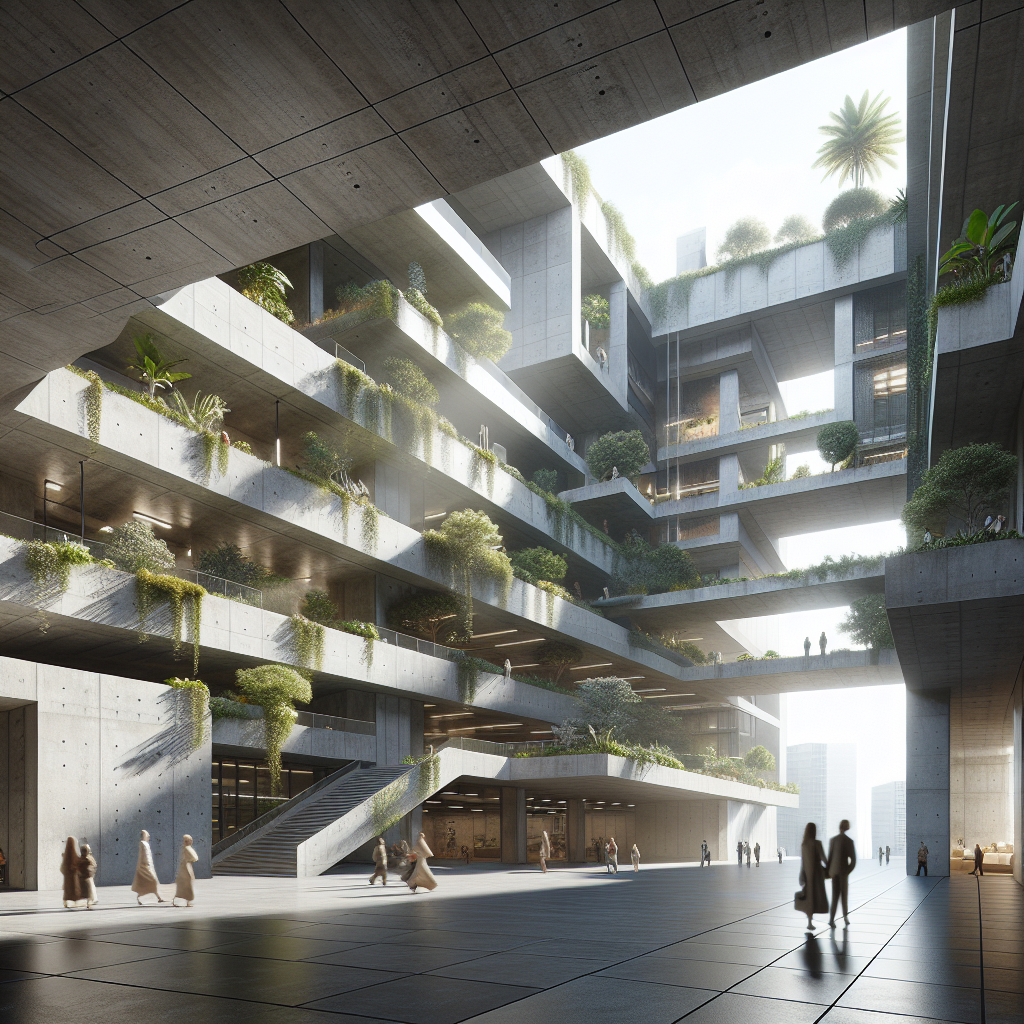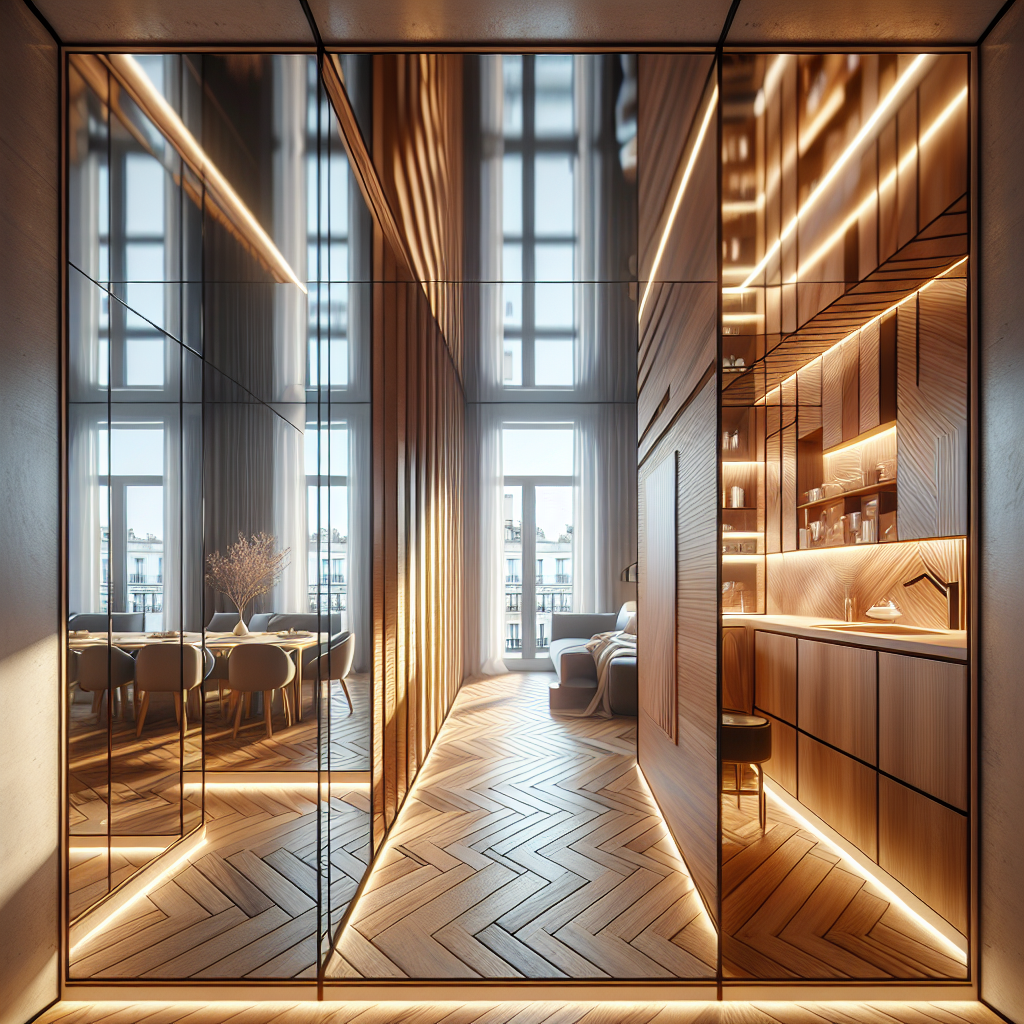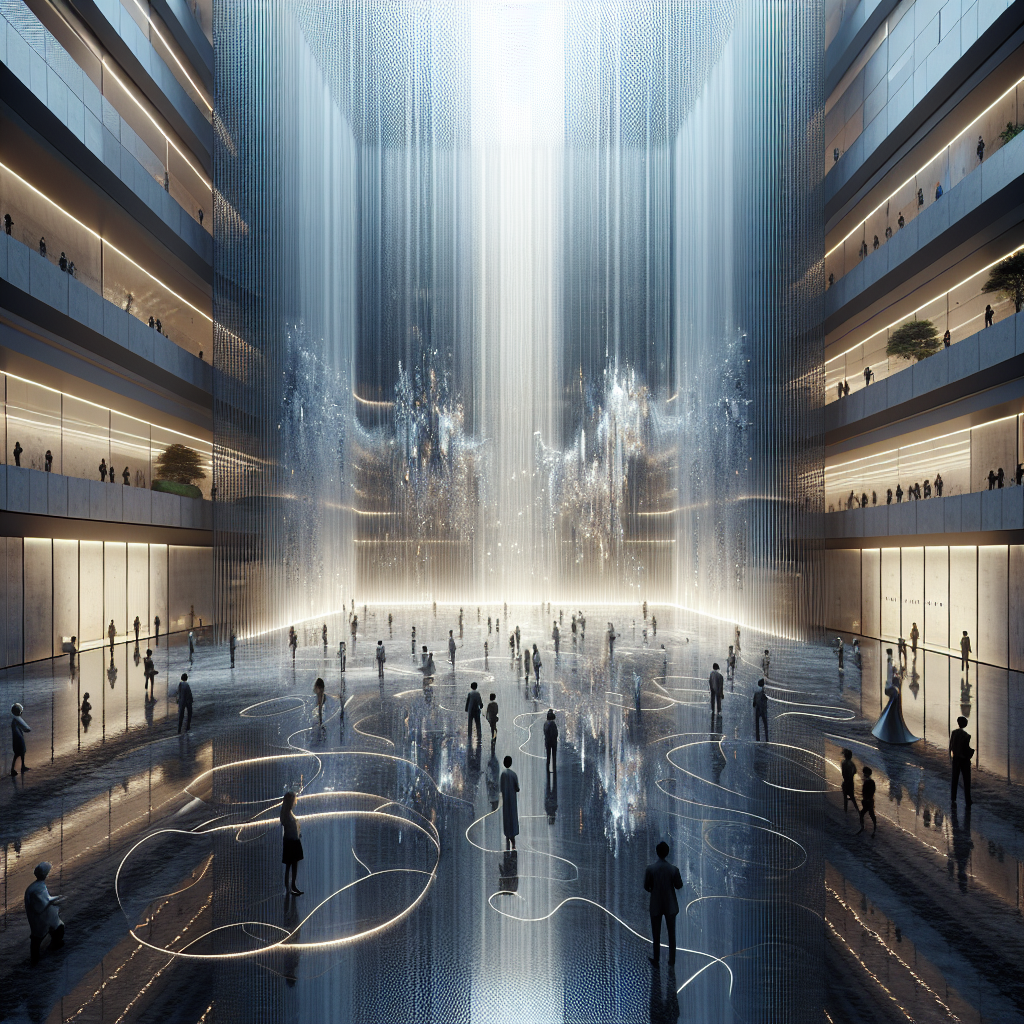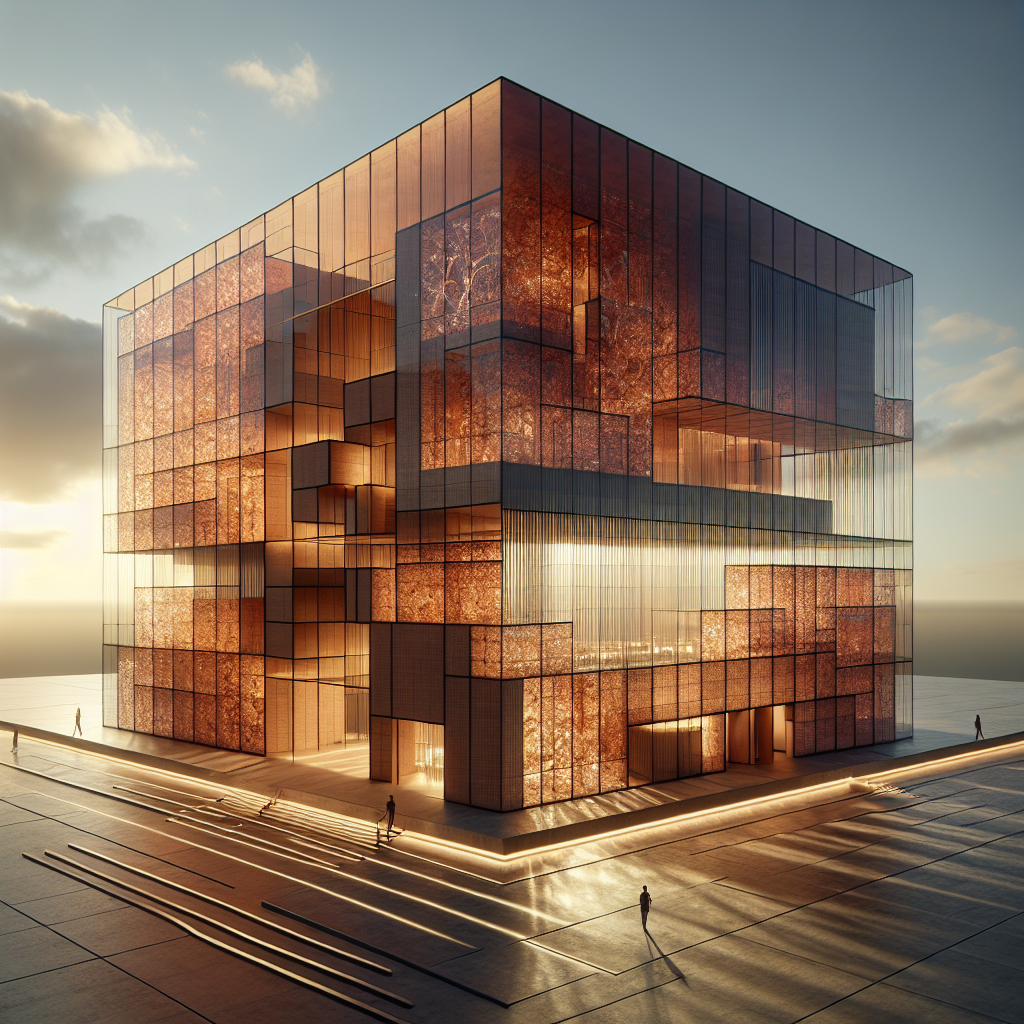Exploring Hyperrealistic Renderings: The Future of Architectural Visualization

Unveiling the Illusion: The Art of Hyperrealistic Renderings in Architectural Visualization
As we traverse the threshold of the digital era, the realm of architectural visualization is undergoing a metamorphosis, one that is blurring the lines between the tangible and the virtual. Hyperrealistic renderings have emerged as the avant-garde of this transformation, offering a glimpse into the future of architecture that is so vivid, it borders on the surreal. The intricate dance of light and shadow, the meticulous portrayal of textures, and the life-like representation of spaces are not just a feast for the eyes but a testament to the technological prowess that now drives the industry.
The craft of creating hyperrealistic architectural renderings is akin to capturing the essence of a dream yet to be realized. These visual narratives serve as a bridge, connecting architects, clients, and the broader public, allowing for an immersive experience that was once the domain of science fiction. The potential is immense, and as we delve deeper, we uncover the nuances that make these renderings a cornerstone of modern architectural practice.
The Alchemy of Pixels: Crafting Realities in Digital Environments
At the heart of hyperrealistic renderings lies the alchemy of pixels, a process where artistry meets technology. Advanced software suites like Autodesk 3ds Max, V-Ray, and Unreal Engine have become the tools of the trade, enabling designers to conjure up environments that are indistinguishable from photographs. The attention to detail is meticulous, with every element, from the play of natural light to the texture of materials, being painstakingly simulated to achieve the desired effect.
The evolution of 3D modeling and rendering techniques has set the stage for architects to explore new frontiers in design. These hyperrealistic visualizations are not merely static images; they are dynamic, interactive experiences that can be navigated and explored, much like a virtual tour of a yet-to-be-constructed building. The result is a powerful communication tool that transcends language and cultural barriers, enabling a universal understanding of architectural concepts.
Virtual Reality and the Immersive Experience
The advent of virtual reality (VR) has propelled architectural visualization into a new dimension. By donning a VR headset, clients can step into a fully realized 3D world, walking through spaces that exist only in the digital realm. This immersive experience is revolutionizing client presentations, allowing for an emotional connection to the space that flat renderings or blueprints could never achieve. It’s a bold leap towards an interactive future where design decisions can be made within the context of a virtual environment, enhancing both the creative process and client satisfaction.
Environmental Storytelling: Beyond the Visuals
Hyperrealistic renderings do more than showcase architectural designs; they tell a story. Environmental storytelling is an integral component, where every element within the rendering contributes to a narrative that resonates with the viewer. The inclusion of human figures, the careful arrangement of furniture, and the selection of materials all play a role in conveying the intended atmosphere and functionality of the space. It’s a delicate balance between aesthetics and practicality, one that demands a deep understanding of both the client’s vision and the end user’s needs.
As we explore the intricacies of architectural rendering, we recognize that the future of architectural visualization is not just about producing lifelike images. It’s about creating a sensory experience that evokes emotion and sparks imagination. The narrative woven into each rendering becomes a powerful marketing tool, one that can sway decisions and shape perceptions even before the first brick is laid.
Challenges and Ethical Considerations
With great power comes great responsibility, and the ability to create hyperrealistic renderings is no exception. The challenge for architects and visualizers is to maintain integrity, ensuring that the renderings are an accurate representation of the proposed design. There is a fine line between enhancing a visualization for impact and misleading viewers with embellishments that deviate from the actual project capabilities.
Ethical considerations are paramount, as the persuasive nature of hyperrealistic renderings can set unrealistic expectations if not managed carefully. The goal should always be to inform and inspire, not to deceive. As such, professionals in the field must navigate this terrain with transparency and honesty, upholding the trust placed in them by their clients and the public.
Conclusion: The Future Is Now
The future of architectural visualization is unfolding before our eyes, and hyperrealistic renderings are at the forefront of this exciting journey. As we embrace these advancements, we must also be mindful of the responsibilities they entail. The potential to influence and inspire is immense, and with it comes the opportunity to shape the built environment in ways that were once unimaginable.
In a world where the lines between reality and simulation are increasingly blurred, the art of hyperrealistic renderings stands as a beacon of what is possible. It is a realm where creativity knows no bounds, and the future of architecture is limited only by the imagination. As we continue to explore and innovate, one thing is certain: the vistas of architectural visualization are expanding, and they are more breathtaking than ever before.







